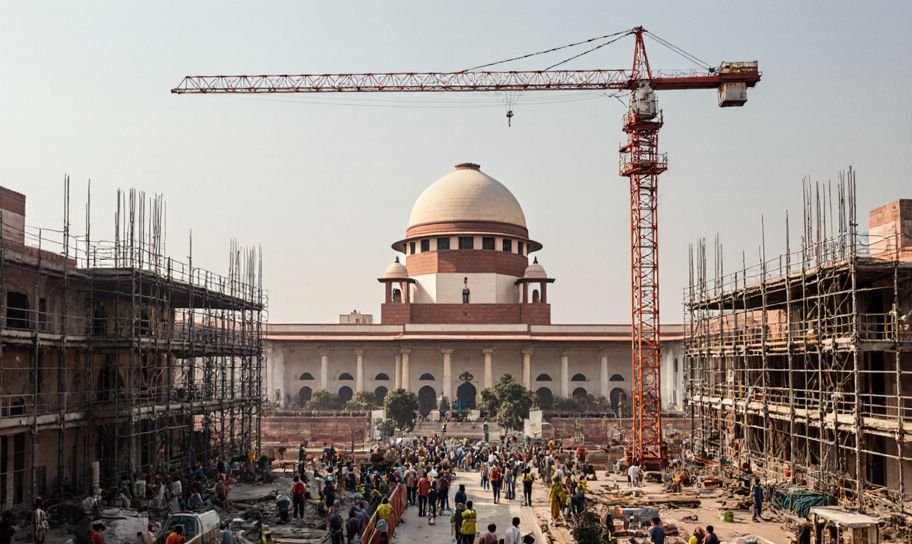
In a recent decision by the Bombay High Court, the court decided to drop money laundering charges against Krishna Shantaram Chamankar and others. Let's dive into what happened.
The case involved Krishna Shantaram Chamankar, his brother Prasanna, and their business, K.S. Chamankar Enterprises. They were up against the Union of India and the Directorate of Enforcement.
The Chamankar family was initially charged in a money laundering case related to the construction of Maharashtra Sadan in Delhi and other projects. However, they were cleared of the original crime back in July 2021. The original crime is the first crime that supposedly led to money laundering.
"The trial Court has discharged them from the original crime." - Mr. Lalit, Lawyer for Petitioners
The court, led by Judges A.S. Gadkari and Rajesh S. Patil, noted that since the Chamankars were cleared of the original crime, the money laundering charges couldn't hold. The court relied on past Supreme Court decisions, especially the case of Vijay Madanlal Choudhary, which stated that if someone is cleared of the original crime, they can't be charged with money laundering.
For the Chamankars: Their lawyer argued that since they were cleared of the original crime, the money laundering case should be dropped.
Against the Chamankars: The Directorate of Enforcement argued that even if the original charges were dropped, money laundering charges could still proceed. They cited other cases to support this.
The court sided with the Chamankars, dropping the money laundering charges. They emphasized that without a proven original crime, there can't be a money laundering case.
"There can be no crime of money laundering against him or anyone claiming such property." - Supreme Court Decision
This judgment is a significant decision in how money laundering cases are handled when the original crime is not proven. It shows the importance of having a solid basis for such charges.